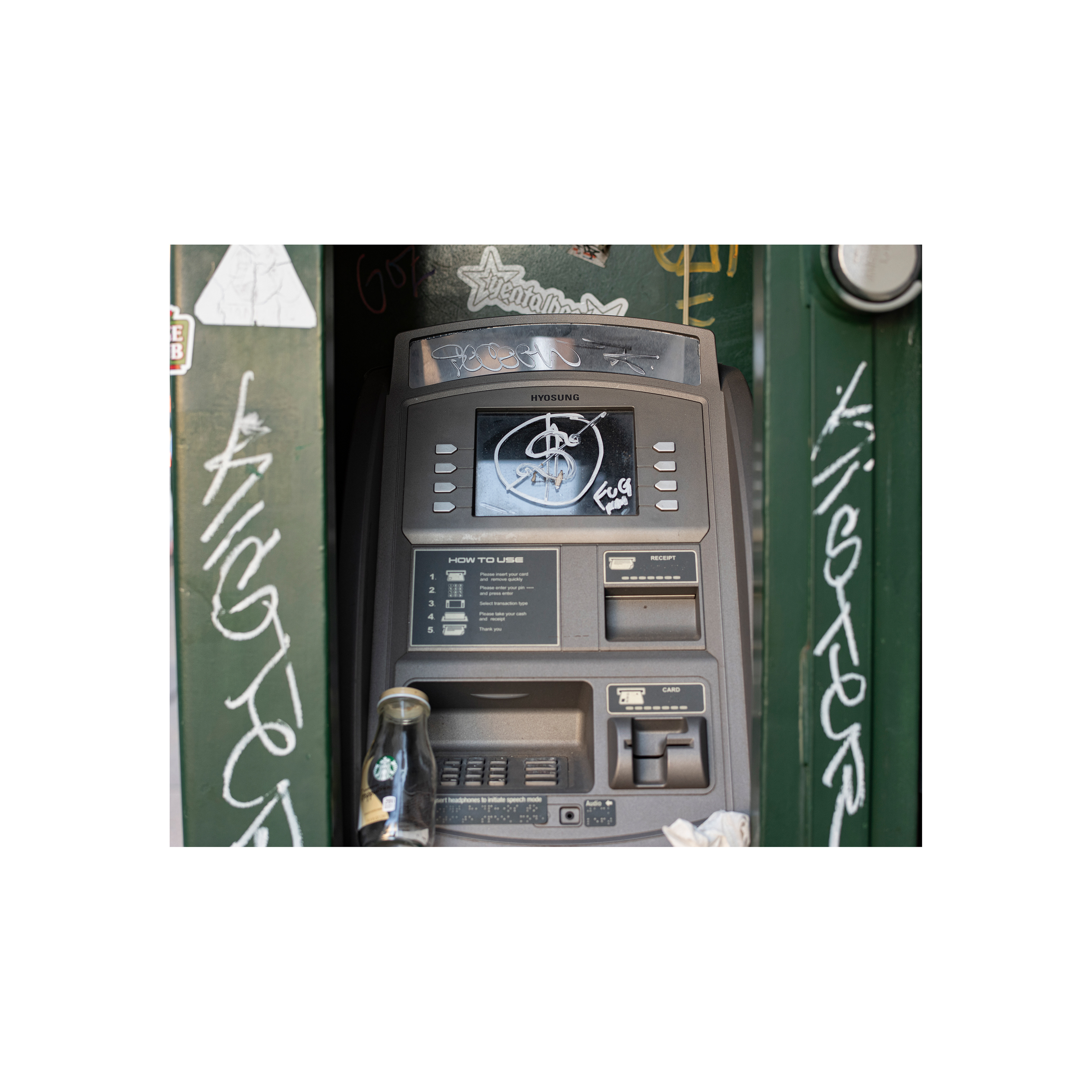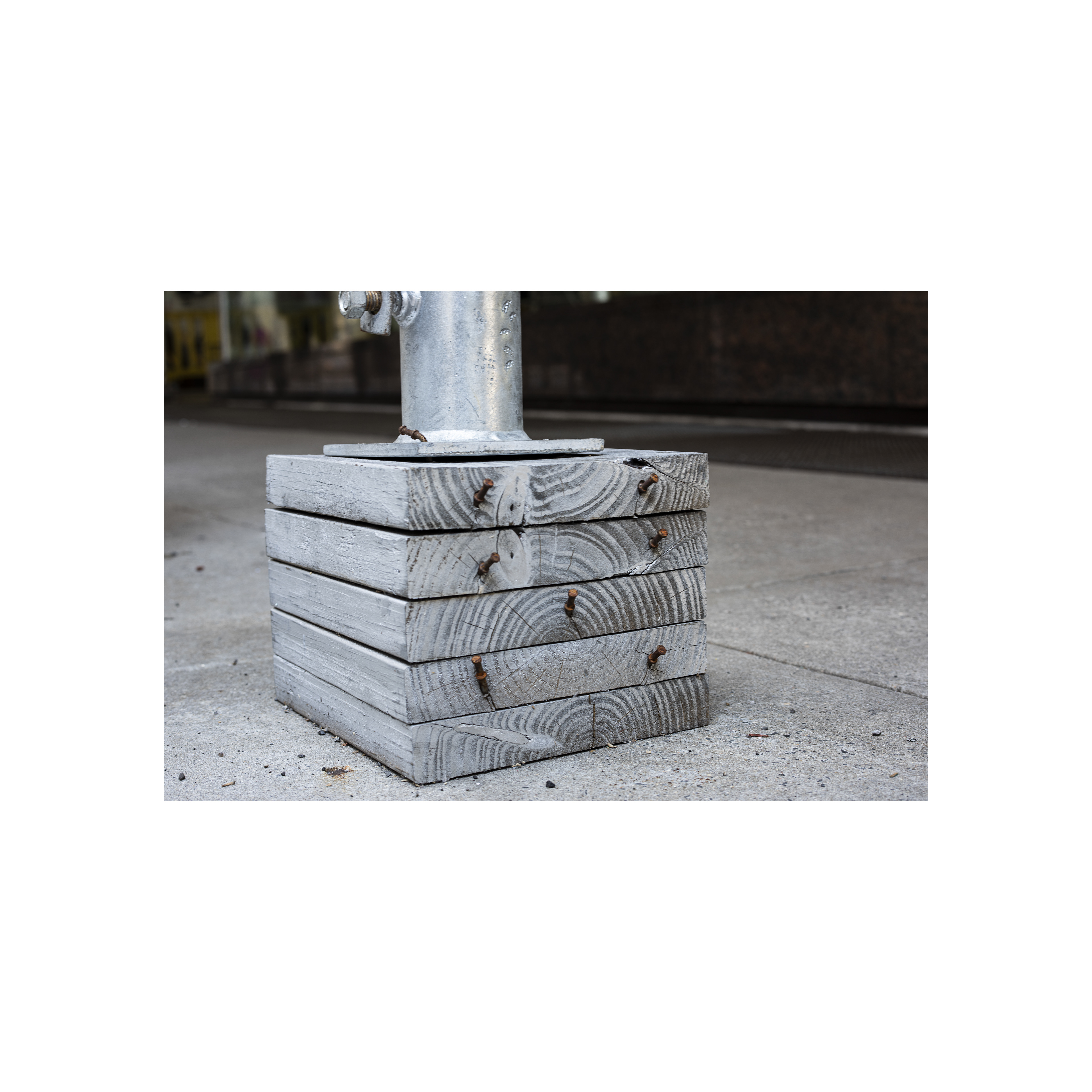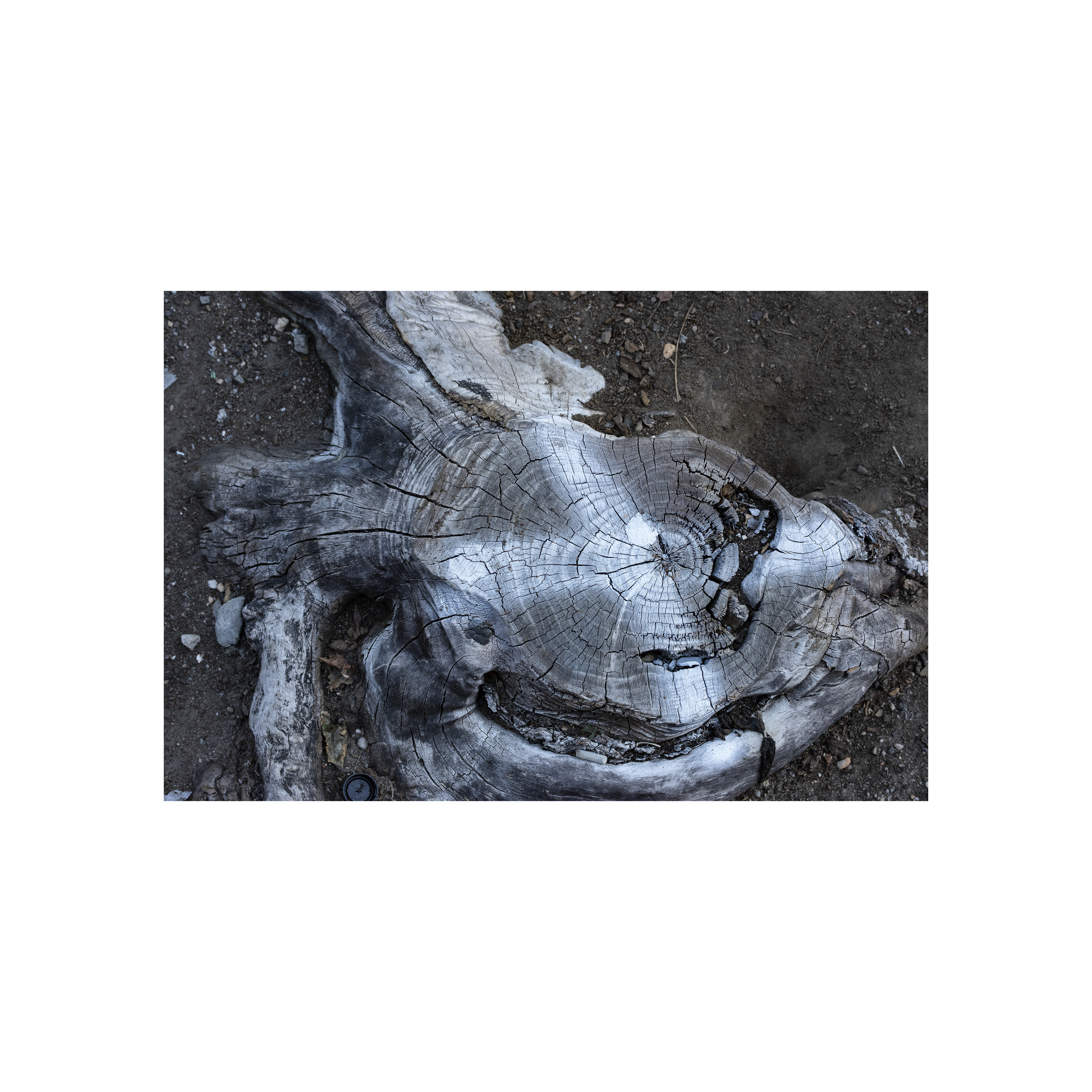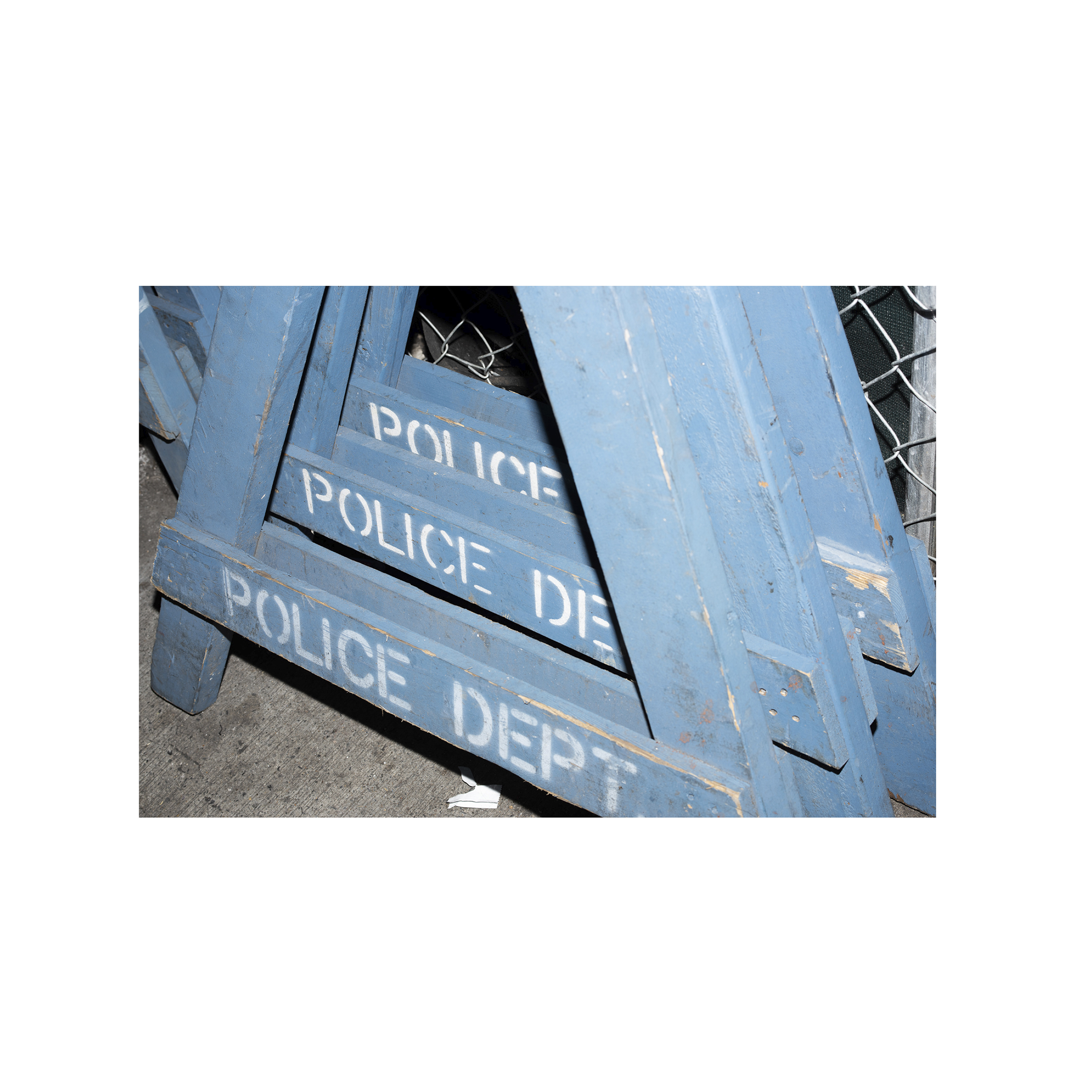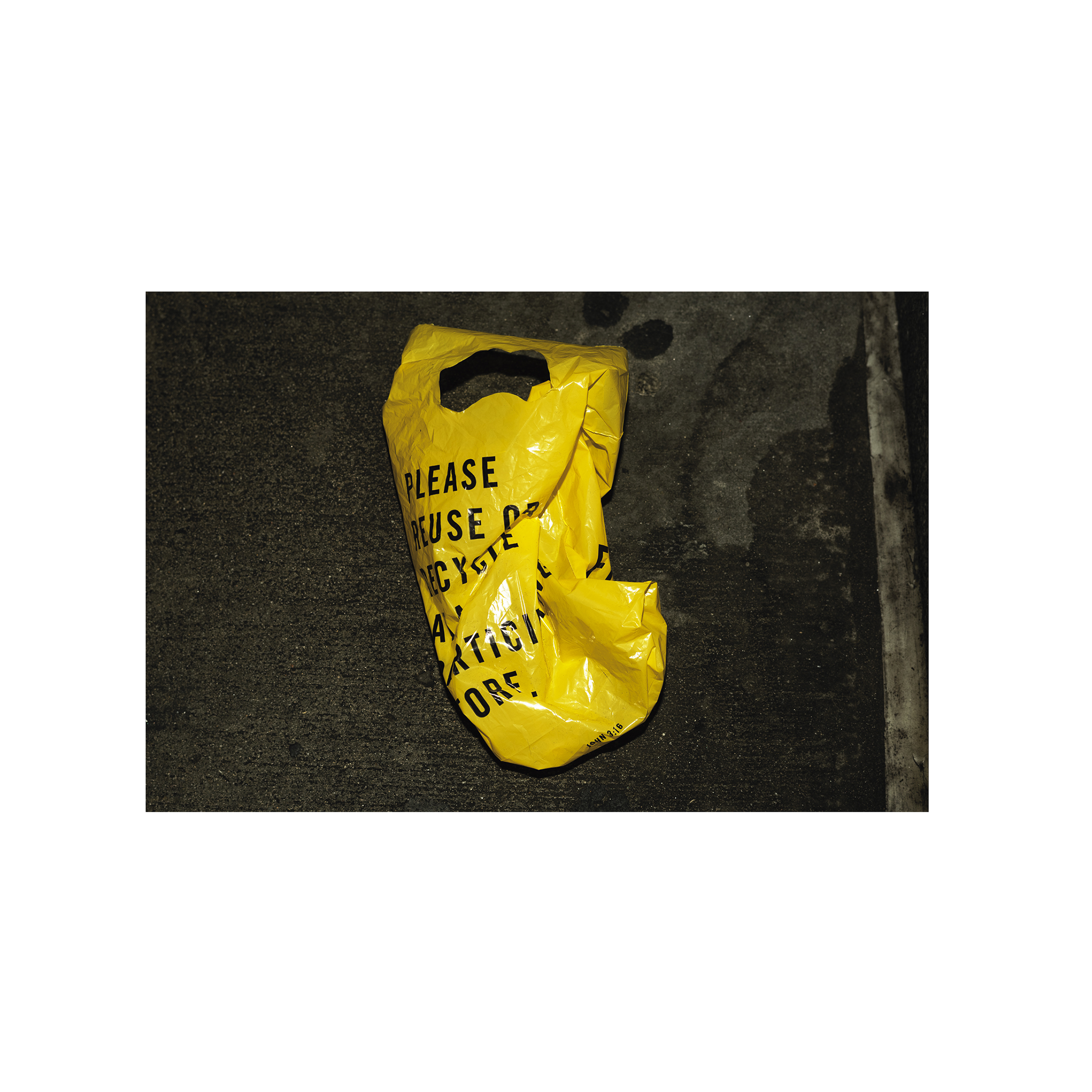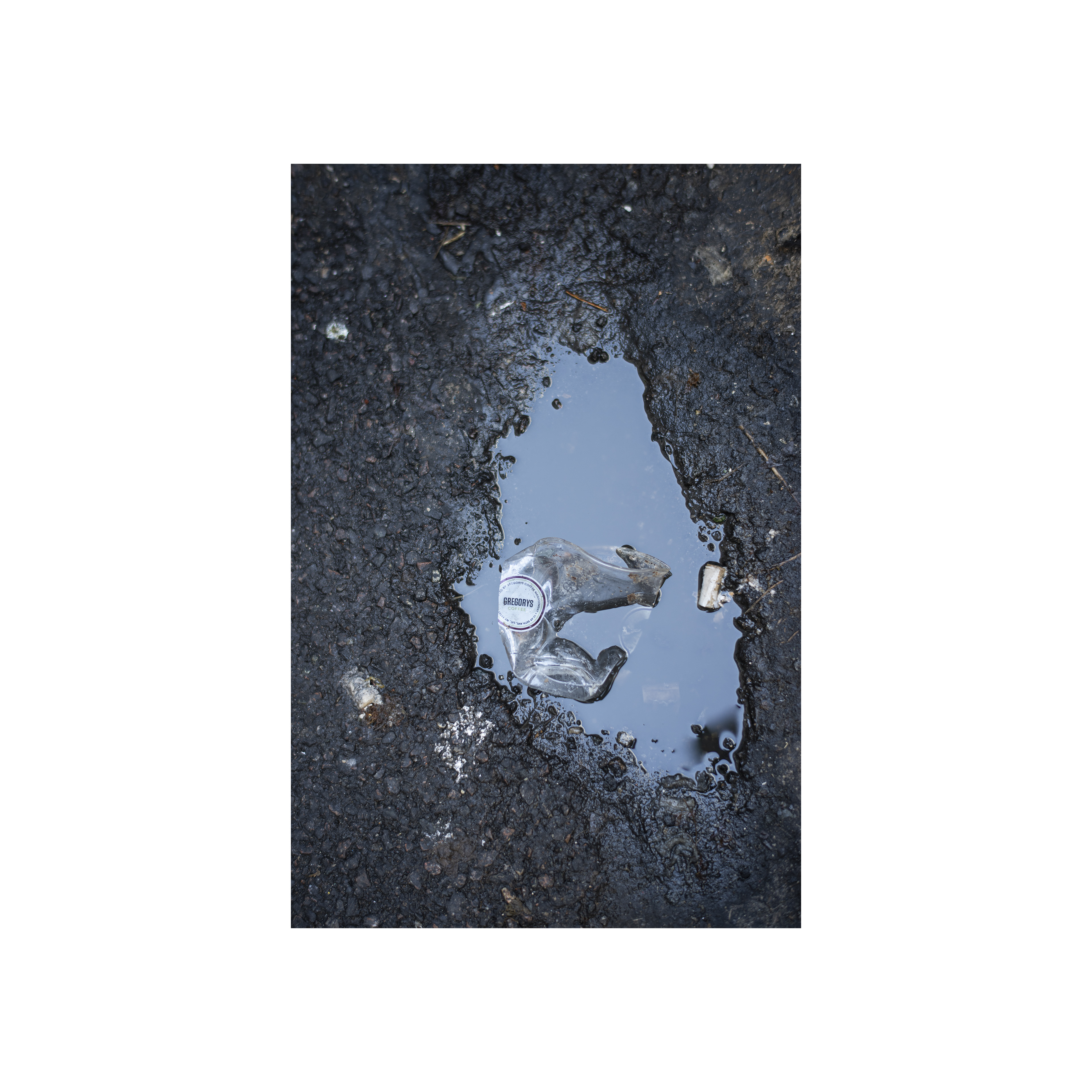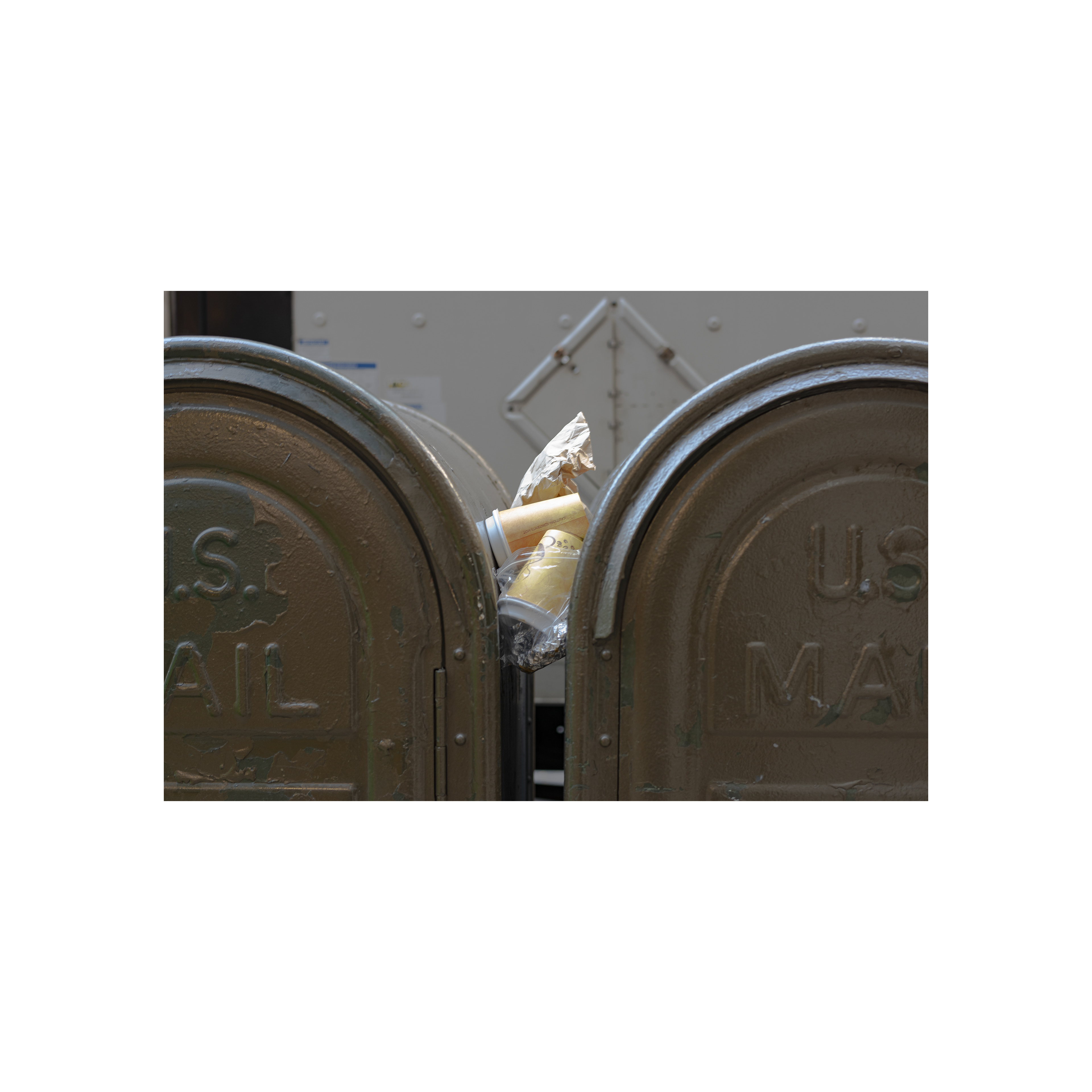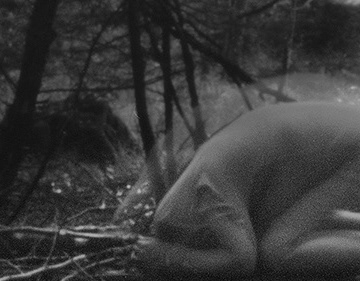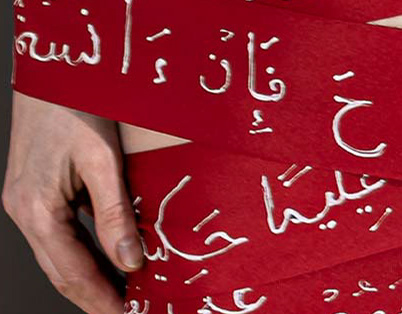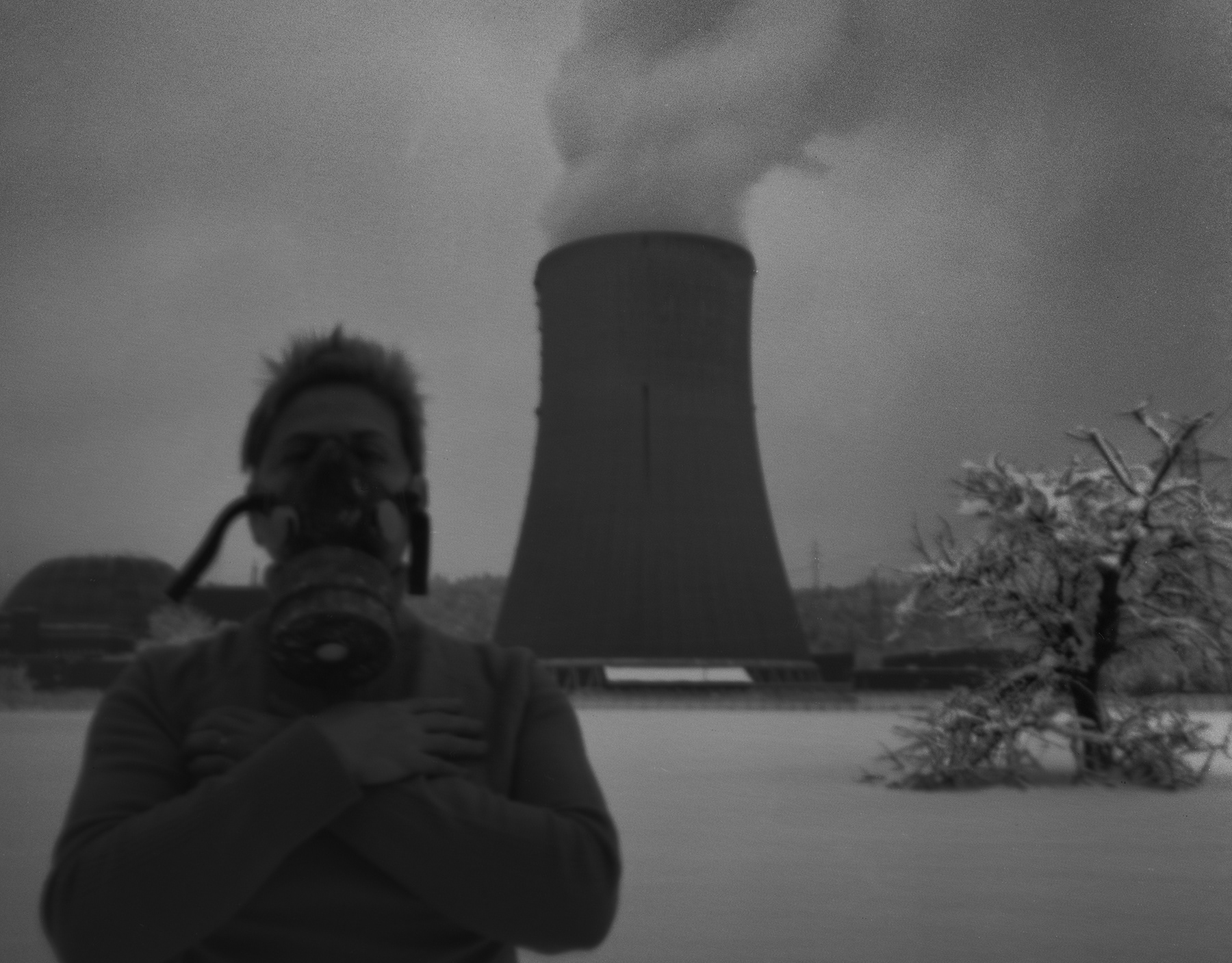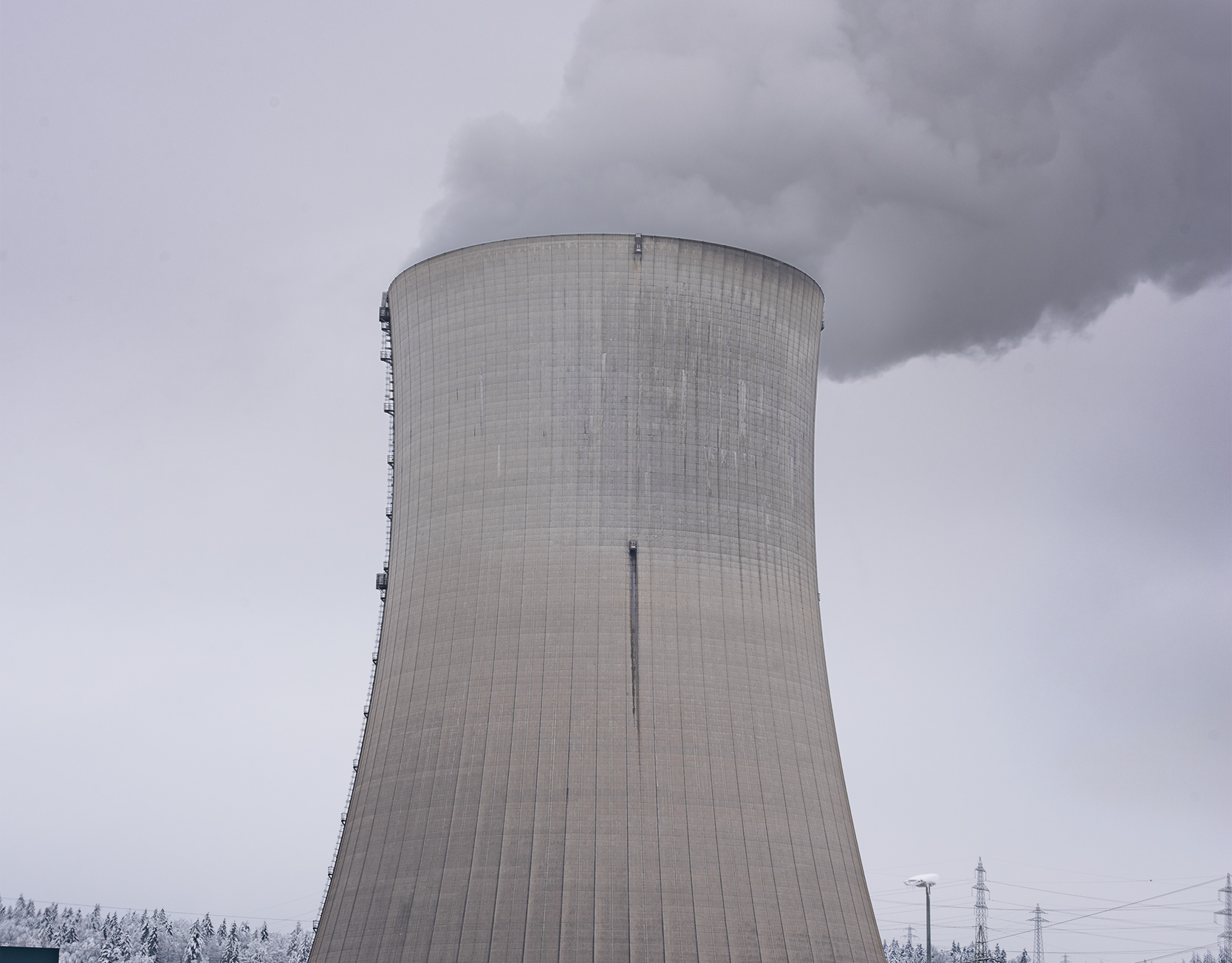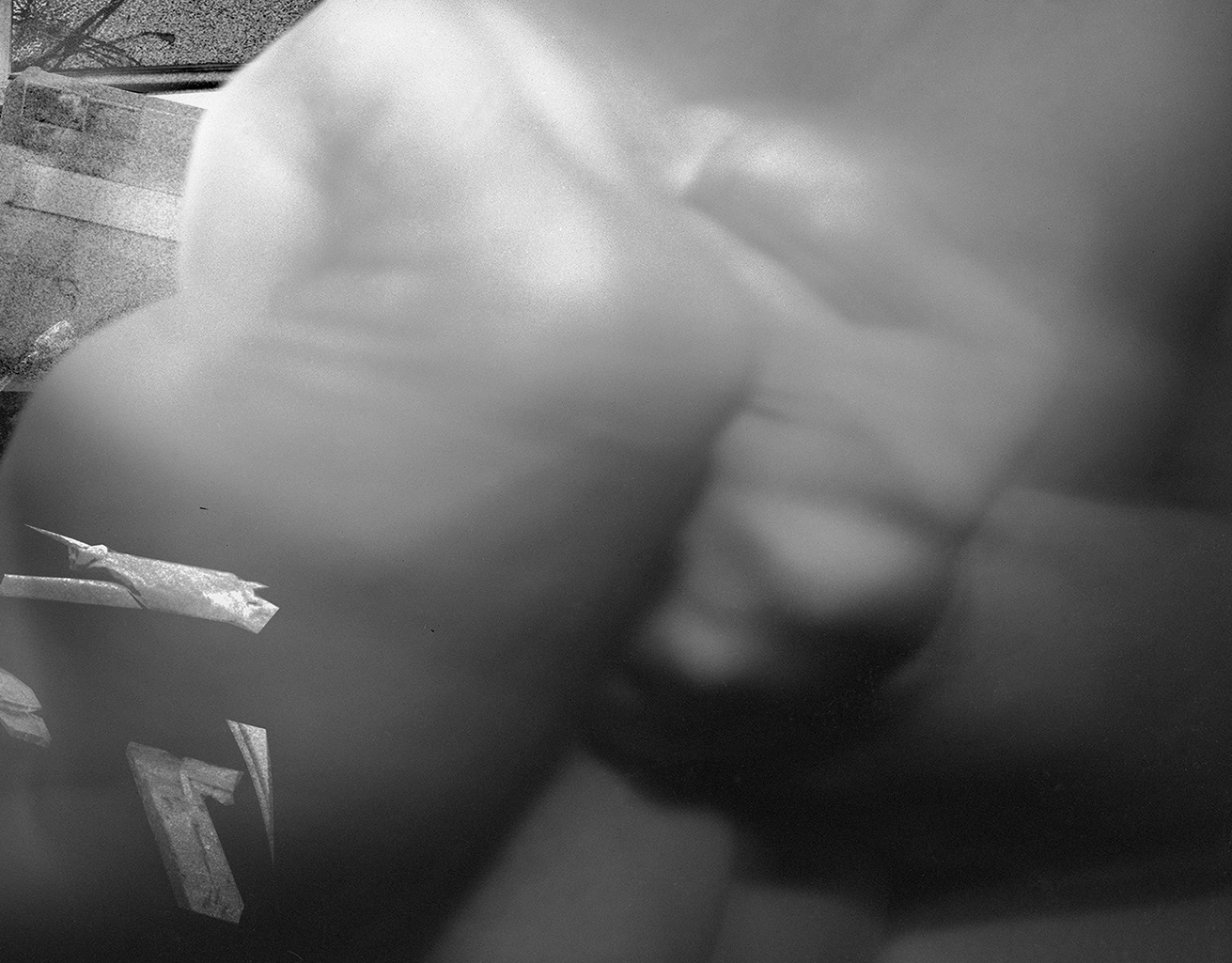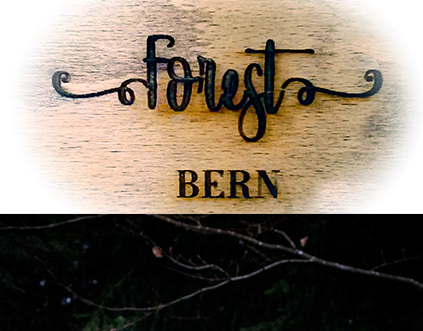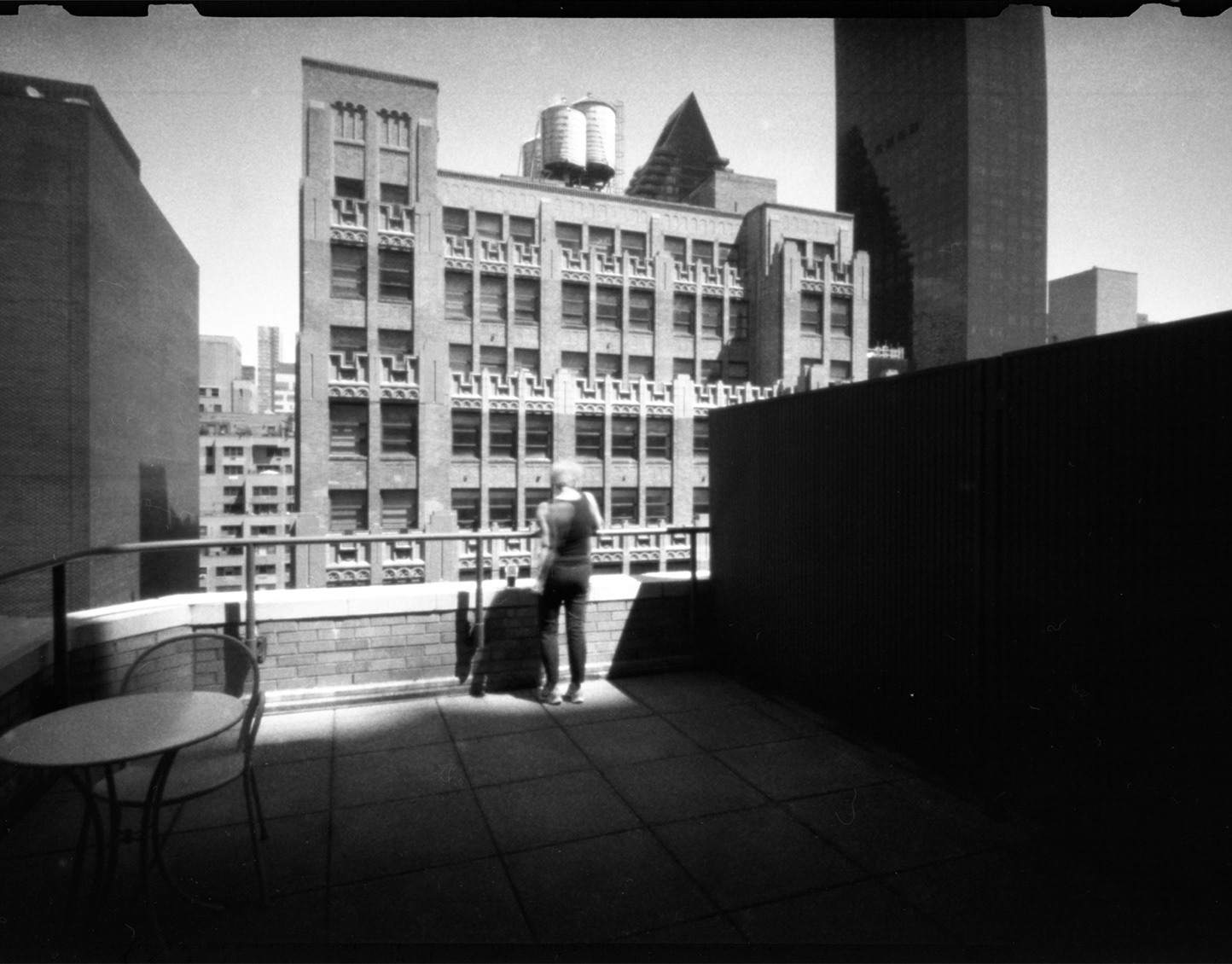9th March 2020, NY
The welfare of New York City’s people is a personal matter for me. With its
draining pace of life, this metropolis forces people to ignore each other on the street
and to constantly move on. It’s hard to look up while walking or staring at a
cellphone.
The Manhattan grid, however, is full of roughness, texture, and color, and
people’s stories. From my perspective, photography is the way to expand and
sensitize my vision. In my history as an artist, I cannot look at landscapes without
thinking of a story that could accompany them, as well as the potential for creating
a project that could represent those stories.
Moving forward with this sensibility, for the last three years I have captured
traces that reflect a New York street culture often overlooked as trash: structural
elements in which the traces of ethnological perspective are constantly and
continuously produced. Each still life in this project was taken on 46th Street, where
I have lived since 2017. Over time 190 photos were made with digital cameras. In
the first part of “Street Traces “Manhattan” these images will be exhibited as a pile
of tabloid size (330 Å~ 483 mm) pigment prints with a scene of my apartment door in
the background, stretched between the exhibition ceiling and floor, making the
viewer a part of the conversation. (The exhibition preference is attached to the
proposal, please find in digitals: GGoksel_Street Traces_01 or 02). The background
New York daily life has produced in me an ethnological perspective that I return to
over and over again when making work: United Nations, working people,
technicians, dwelling New Yorkers, heels, trainers, street signs, graffitis, barriers,
water hoses, broken glasses, gloves, dry cleanings boards, parking offer signs,
spikes… etc
In the second part of this project I have collected these traces and started to
make my own “Memory Calls” book (The book preference pages are attached to the
proposal, please find in digitals: GGoksel_Street Traces_16 - 20) where each trace is
narrated by a New Yorker who tells us the meaning of the “street.” For this work, I
am inviting viewers to respond to images with their own text. In this way, I am
creating a personal narrative that tells the story of New York’s streets. As a
component of the built environment as ancient as human habitation, the street
sustains a range of diverse activities. Eponymous and honorific names are hardly
keep their honor in the streets with architectural terracottas and signs. Moreover,
cast-iron manhole covers which were once a part of a town’s civic pride with
foundries and local authorities are placing their stamp on them. New elements like
spikes installations and slanted perimeter walls and leaning benches have been
installed as a hostile architecture. These artifacts are reflection of the progress
made through the industrial revolution that accompanied increasing urbanization.
The Memory Calls book considers whether or not the street still facilitates public
interaction.
This metropolis captures don’t just record culture as it is today, they also
reflect the past and connect to the future.

